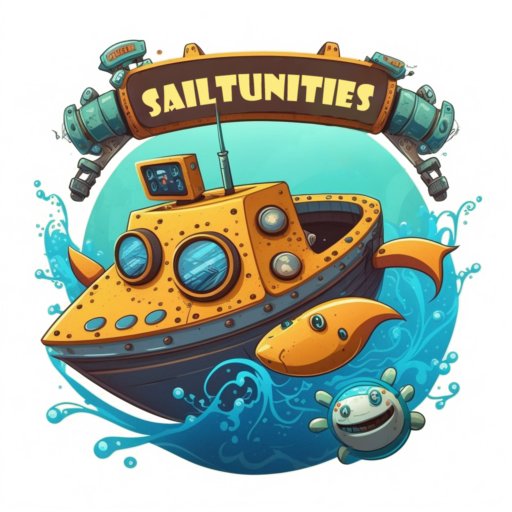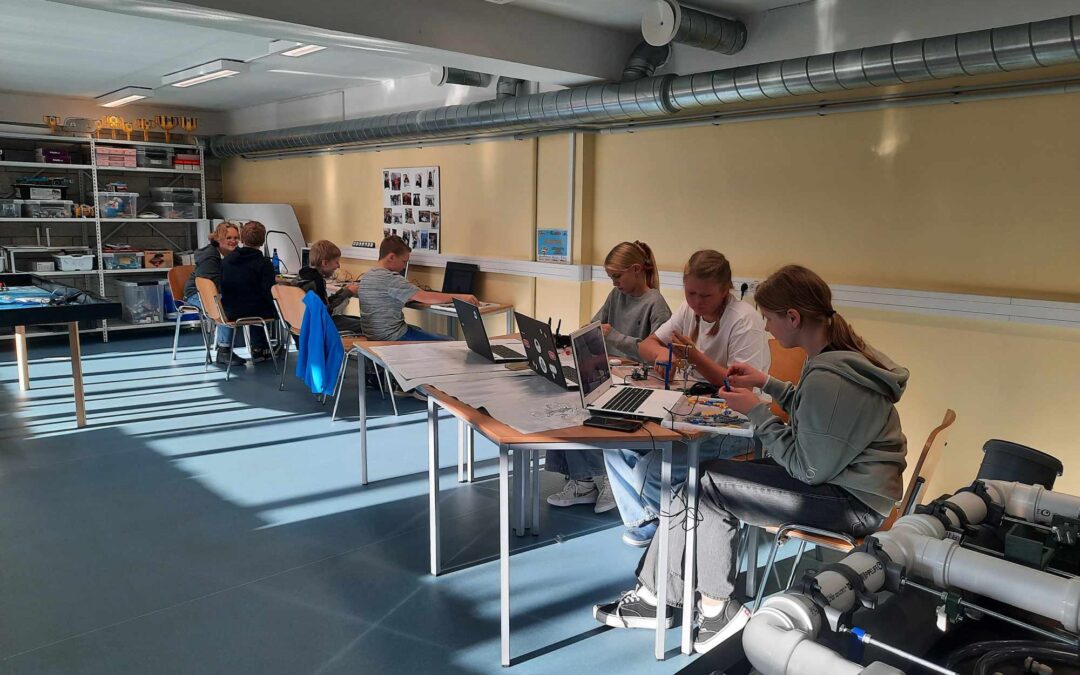Kuressaare Nooruse Kool has embarked on an exciting and forward-thinking pilot course that integrates real-world science, technology, and sustainability through a unique project: designing and building a sensor-equipped boat. The course, which began in October 2024, involves both curricular and extracurricular activities and brings together students and teachers from multiple disciplines. Here’s a look at how the first three months unfolded.
October: Laying the Foundation
The pilot project kicked off with a series of introductory meetings:
- Grade 8 Teachers were introduced to the concept and planned timeline of the project.
- After-class student group sessions introduced the idea of the boat project, its goals, and the roles students could take on.
- Subject-specific planning sessions with chemistry, physics, and technology teachers laid out the detailed timeline and integrated lesson planning.
This early stage focused on building awareness and aligning the teaching team around interdisciplinary collaboration.
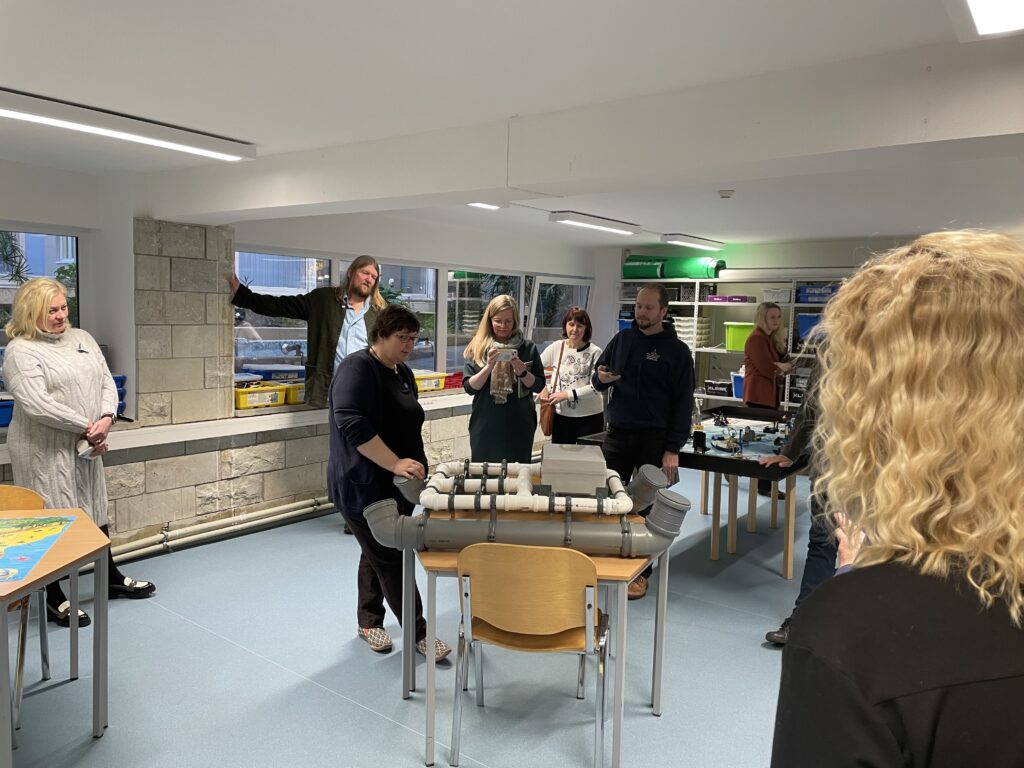

November: Building Momentum
With the groundwork in place, November saw the first phase of hands-on activity:
- Grade 8 teachers presented the project timeline and subject integration to students and identified those interested in taking on a more active role. The introduction was also shared with students and parents via the Studium learning platform.
- Teachers participated in a 3D printing training workshop to prepare for guiding students in related technical skills.
- Students were introduced to the project through classroom activities in chemistry (atomic structures, water mass calculations, and reaction equations).
- In parallel, technology lessons began exploring electrical components and simple circuits.
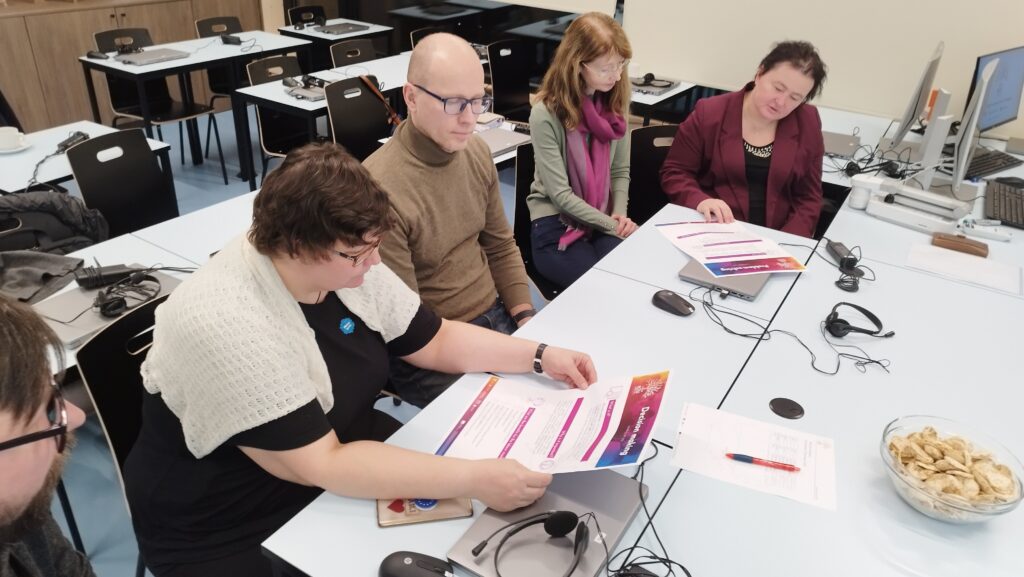
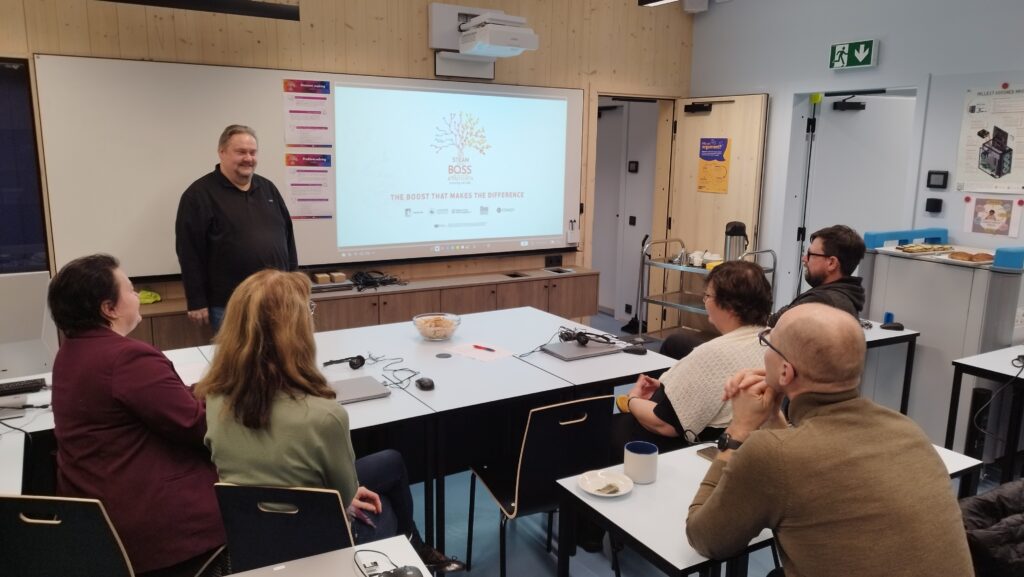
December: Hands-on Learning and Skill Development
By December, the program had transitioned into hands-on application:
- Students completed a pre-project survey to assess knowledge and engagement.
- The boat building group received an introductory safety and materials workshop, including pipe joining, material properties, and initial experiments with spare parts.
- Technology classes continued with lessons on soldering and connecting wires.
- A 3D printing workshop taught students how to create and modify models for printing. Digital learning materials were provided via the EIT Manufacturing Academy platform.
- Water chemistry labs involved testing and analyzing water samples.
- The FLL (First Lego League) robotics team aligned their work with the boat project. As this season’s FLL theme is Submerged, focusing on ocean and water body conservation, students began to develop a joint solution combining robotics and the boat-building project.
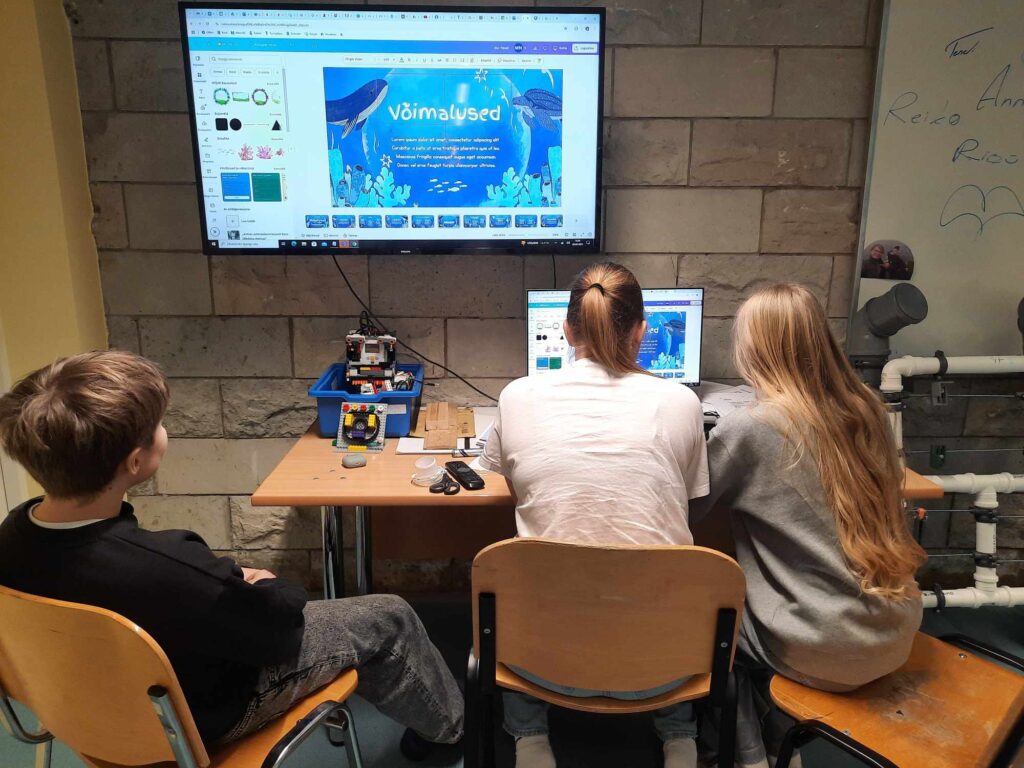
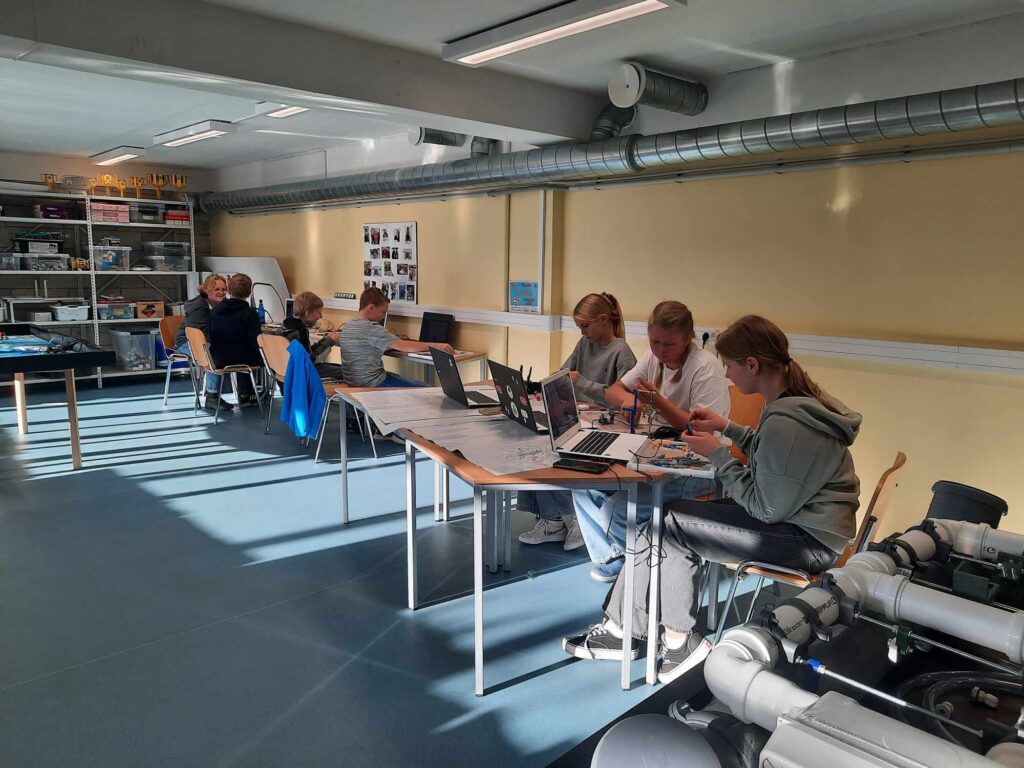
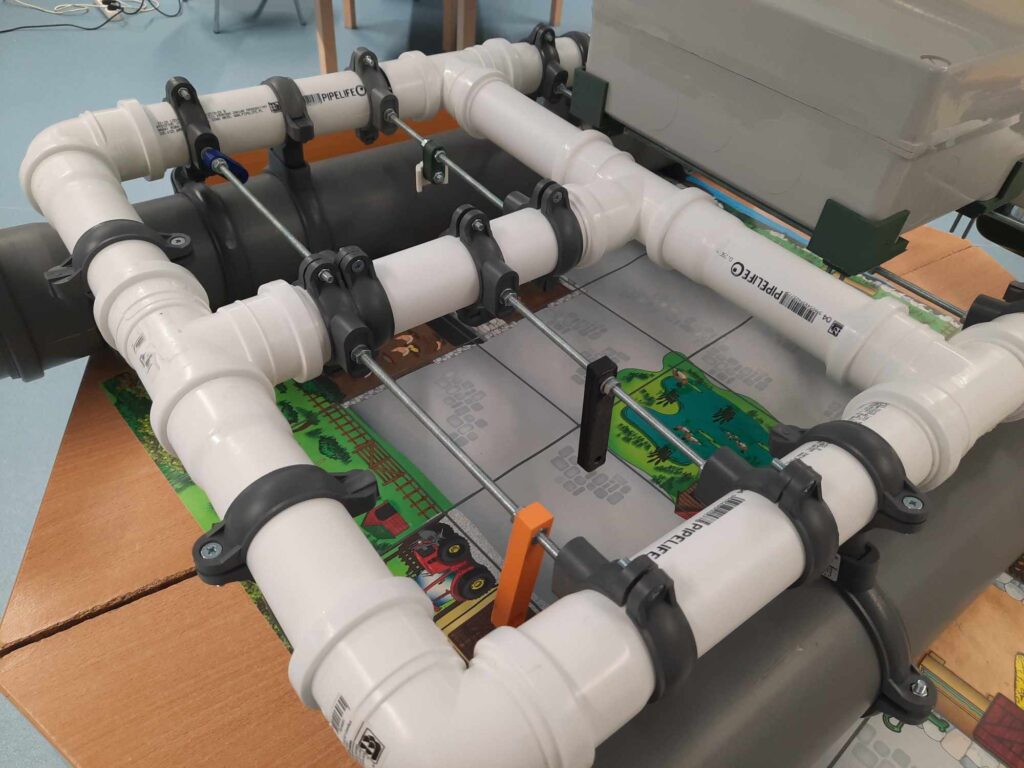
Student Involvement: Collaboration in and out of Class
Boat Building Team
A dedicated group of 14 students from grades 5 to 8 is involved in the technical side of the boat project. These students:
- Learn 3D printing and electronics,
- Practice work safety,
- Assemble the boat using sensors and electronics,
- Conduct performance and sensor tests.
This group primarily works outside regular class hours, engaging in intensive hands-on sessions.
Integrated Learning Participants
A wider group of 73 eighth-grade students engages with the project through regular school subjects. Their contributions include:
- Chemistry and physics experiments related to water,
- Use of the built boat for data collection and analysis,
- Integration of project-related topics into their everyday lessons.
Participants and Gender Balance
In total, 87 students are involved in the pilot: 35 girls and 52 boys.
This pilot not only introduces cutting-edge skills like 3D printing, electronics, and environmental science but also encourages creativity, problem-solving, and teamwork. By combining classroom learning with real-world application, Kuressaare Nooruse Kool is setting a strong example for interdisciplinary education.
Stay tuned for more updates as the boat nears completion and students begin full-scale testing in the months ahead!
